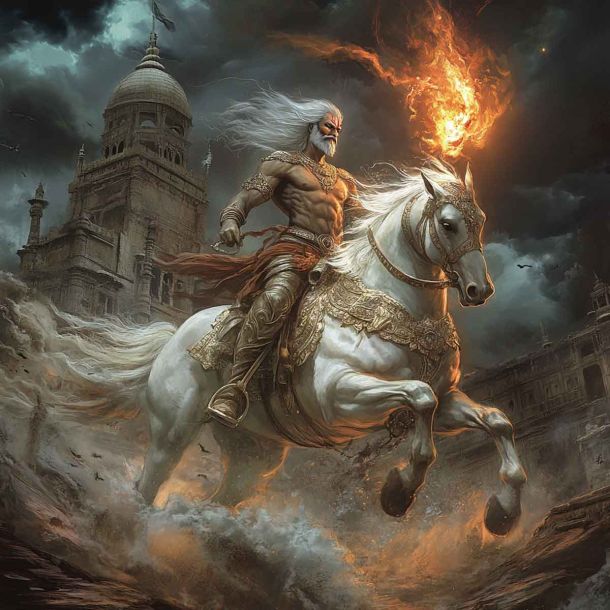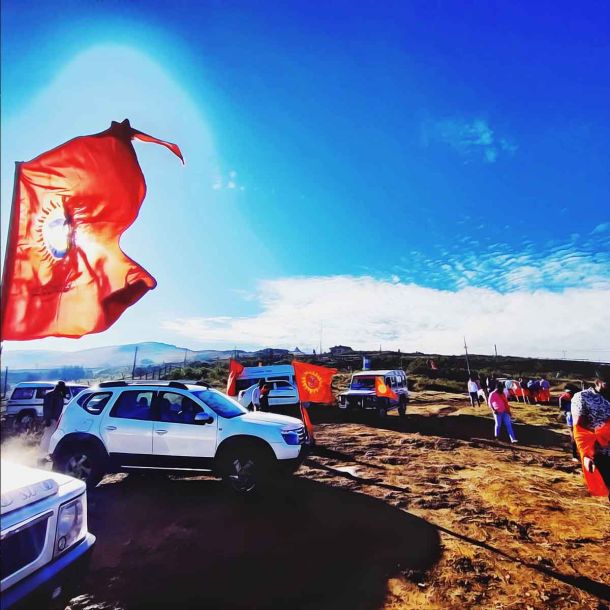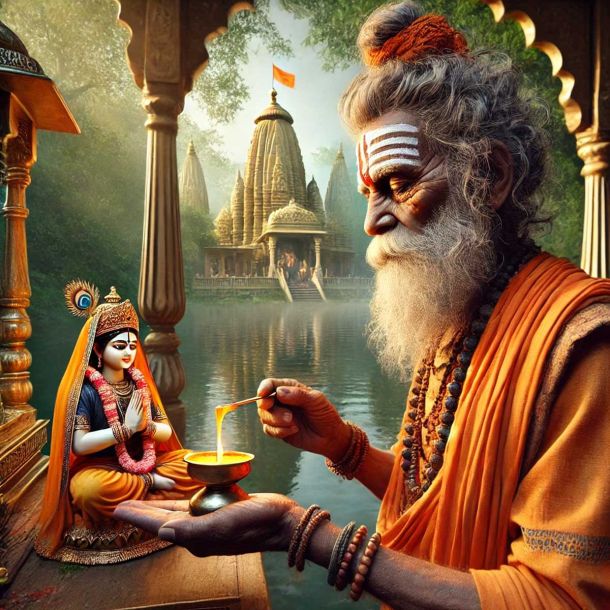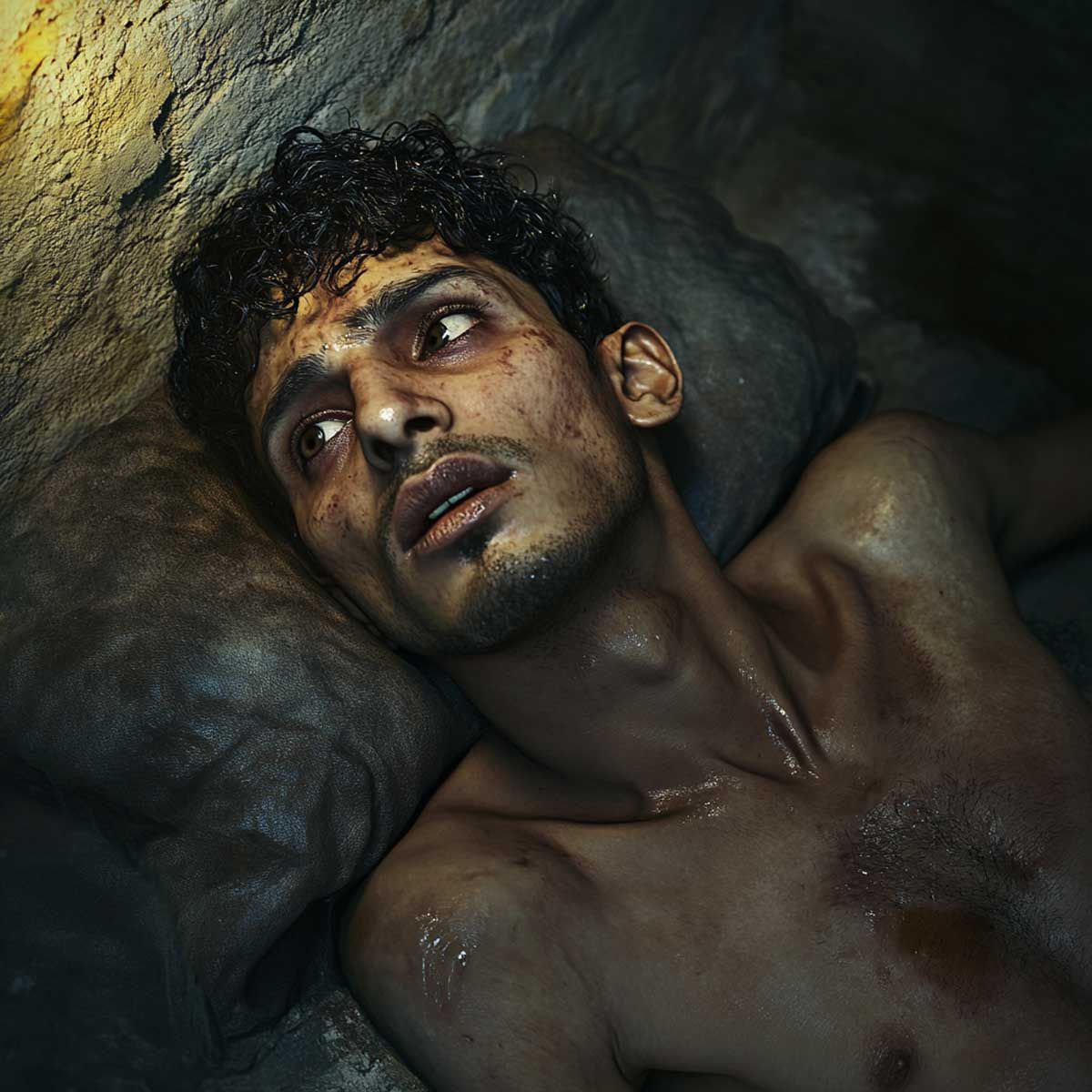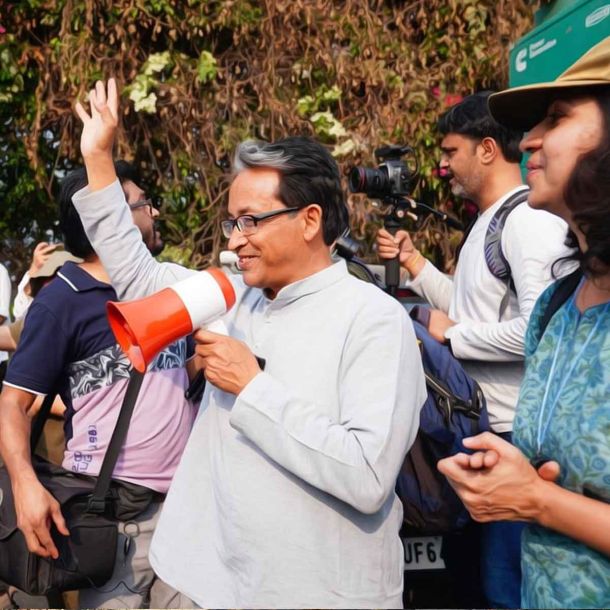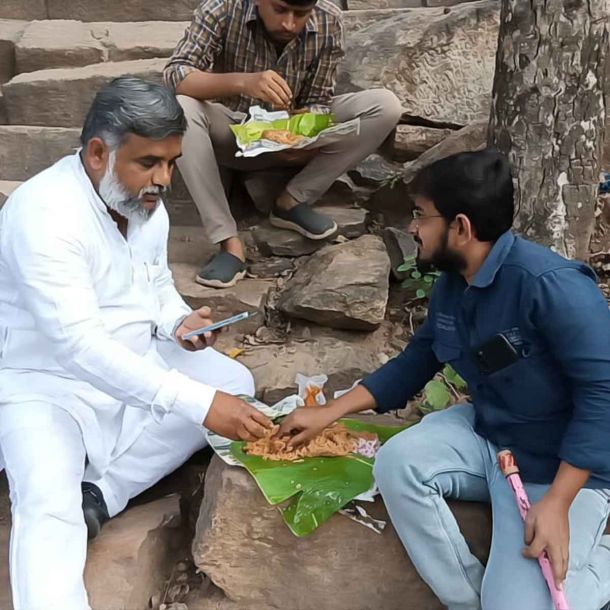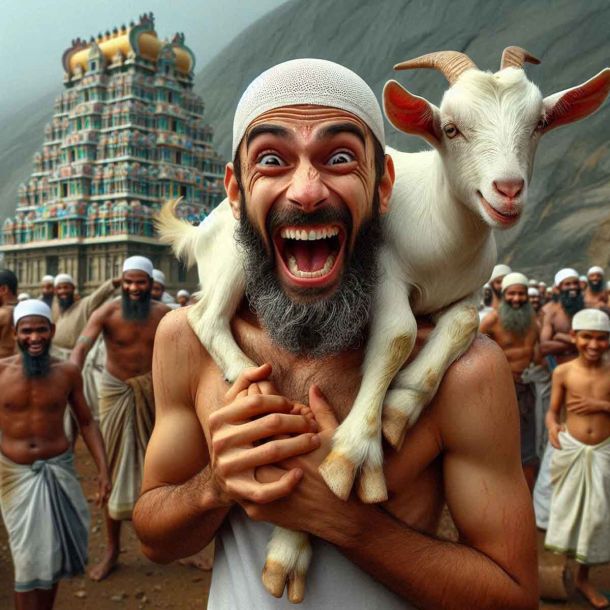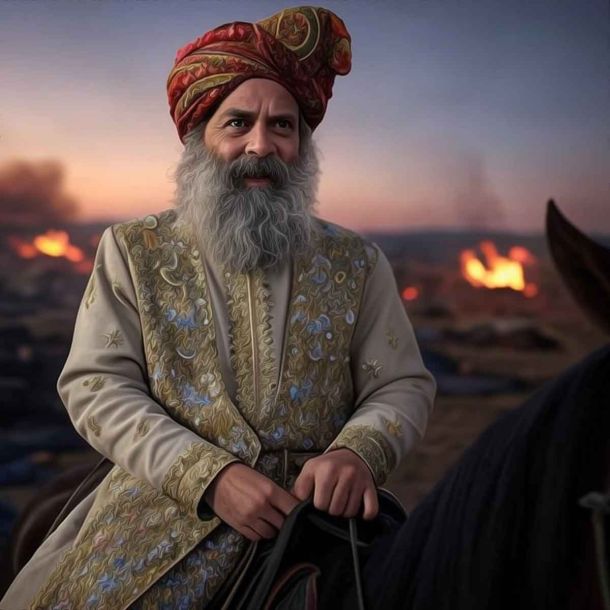More Coverage
Twitter Coverage
Satyaagrah
Written on
Satyaagrah
Written on
Satyaagrah
Written on
Satyaagrah
Written on
Satyaagrah
Written on
Join Satyaagrah Social Media
Mangaluru Kambala: Reinstating Traditions One Race At A Time
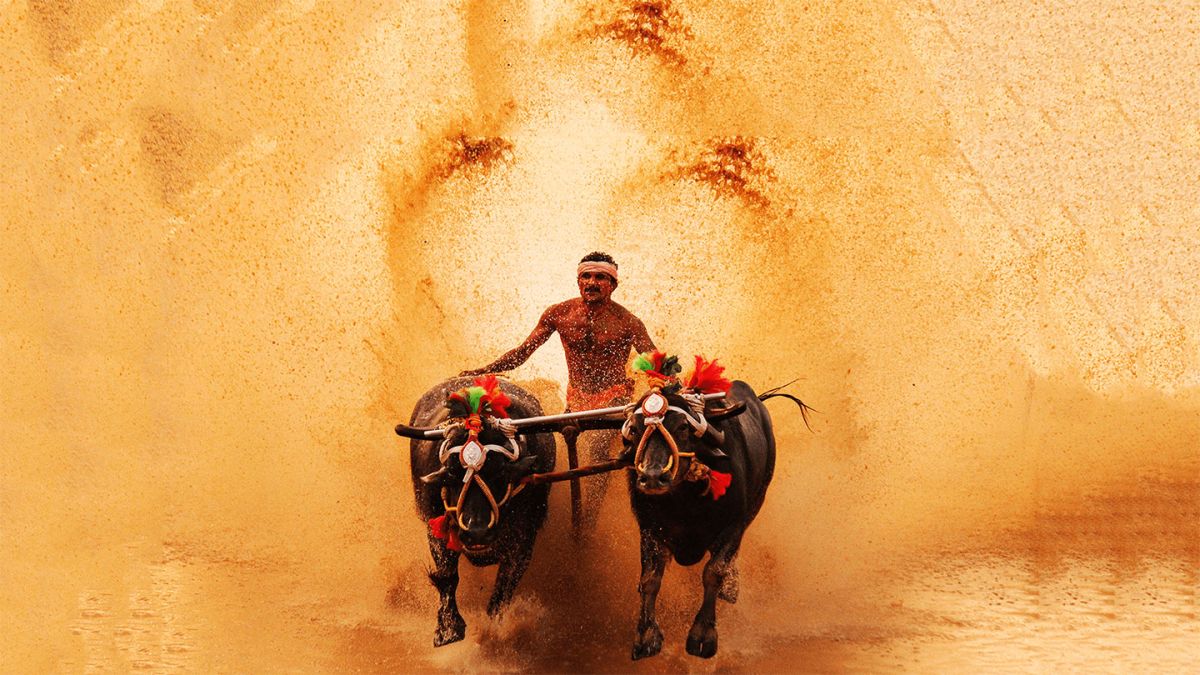
It is believed that Kambala originated almost 500 years back among the farming community of coastal Karnataka. The festival is purely dedicated to Kadri's Lord Manjunatha, who was an incarnation of Lord Shiva. It is believed that the celebrations happen to please the Gods for good harvest. The festival which can last for 24 hours, attracts up to 50,000 people a year. It is a gathering or an attraction which excites the people living in the area.
On the southern coast of Karnataka, this season that started in November and will last until the middle of this month is the time for celebration of crop, cattle and community — it is Kambala time. The festival of Kambala is deeply rooted in the history of the people of coastal Karnataka. Irrespective of caste, creed, religion or culture, the rich and the poor come to take part in this most beloved farmer sport.
It is not a buffalo race to them, rather it has become a symbol of their emotions. Every year around the month of November and December, the chorus of Kambala festival begins but last year due to the pandemic, it was put on hold. Luckily this year, the district administration along with the Kambala association has given the green flag and the event started from January 30 onwards.
Mangaluru is considered one of the places where Kambala is celebrated in a huge manner. In the wake of the pandemic, the Mangaluru Kambala association has asked all Kambala organisers to implement all the preventive measures like wearing masks, keeping distance and sanitising to make sure that the event goes in a smooth way.
Ale budiyer! (lo, unleashed!). These words flag off the sprint of the bulls in the Kambala race.
The 13-15 seconds of the sprint has the audience breathing to the rhythm of the kombu (horn-trumpet), until the pair of bulls followed by the runner cross the finish line, and hit the manjutti (mud pit at the end of the track). Hundreds of buffaloes sprint across the slushy 120-130 metre track while their owners watch with equal angst and pride — every Kambala.
 |
As the sun strides towards the northern hemisphere, and the nation celebrates new crop, new life, the soil, the cattle and all forms of agrarian life, the region that has predominantly worshipped the sun and the moon, heralds the Kambala season on the sankramana/sankranti of Tulu month Jarde.
The Kambala – A Festival of Cheer
Mangaluru Kambala, the only such event within the city, was started four years ago after former president Pranab Mukherjee gave the go-ahead to conduct it, drawing the curtains on PETA's (People for the Ethical Treatment of Animals) attempts to finish off this folk practice.
The former president’s decision came after a long fight to ensure that Kambala race is a symbol of parental bond between the farmer and the cattle, and it is not portrayed by vested interests as animal abuse.
But watching Mangaluru Kambala up and close this year was a revelation that it is this sense of community, this perception of life as an inclusive phenomenon, which has kept Indic society going strong even when the whole world has given in to the post-pandemic trauma.
The event intended to bridge tradition with modernity with neon-lit 3D selfie booths and hashtag installations. Photography contests and painting competitions are being held to encourage young minds to capture the essence of the folk sport.
All this was to offer something unique to the crowd that stayed through the nights.
As the people may still be vary about closed space gatherings, open-air celebrations and fairs are seeing turnouts rarely witnessed in recent times. For instance, temple fairs, festivals, yakshaganas, nemas and kolas (traditional spirit worship) are witnessing a turnout much higher than it would have in the recent decade.
The season has seen a higher turnout with the pandemic driving youngsters back to their hometowns for the last 11 months. This was an opportunity to bridge the gap between life and living by taking up jobs in tier two cities and at the same time, asserting the value these celebrations have in the lives of the people.
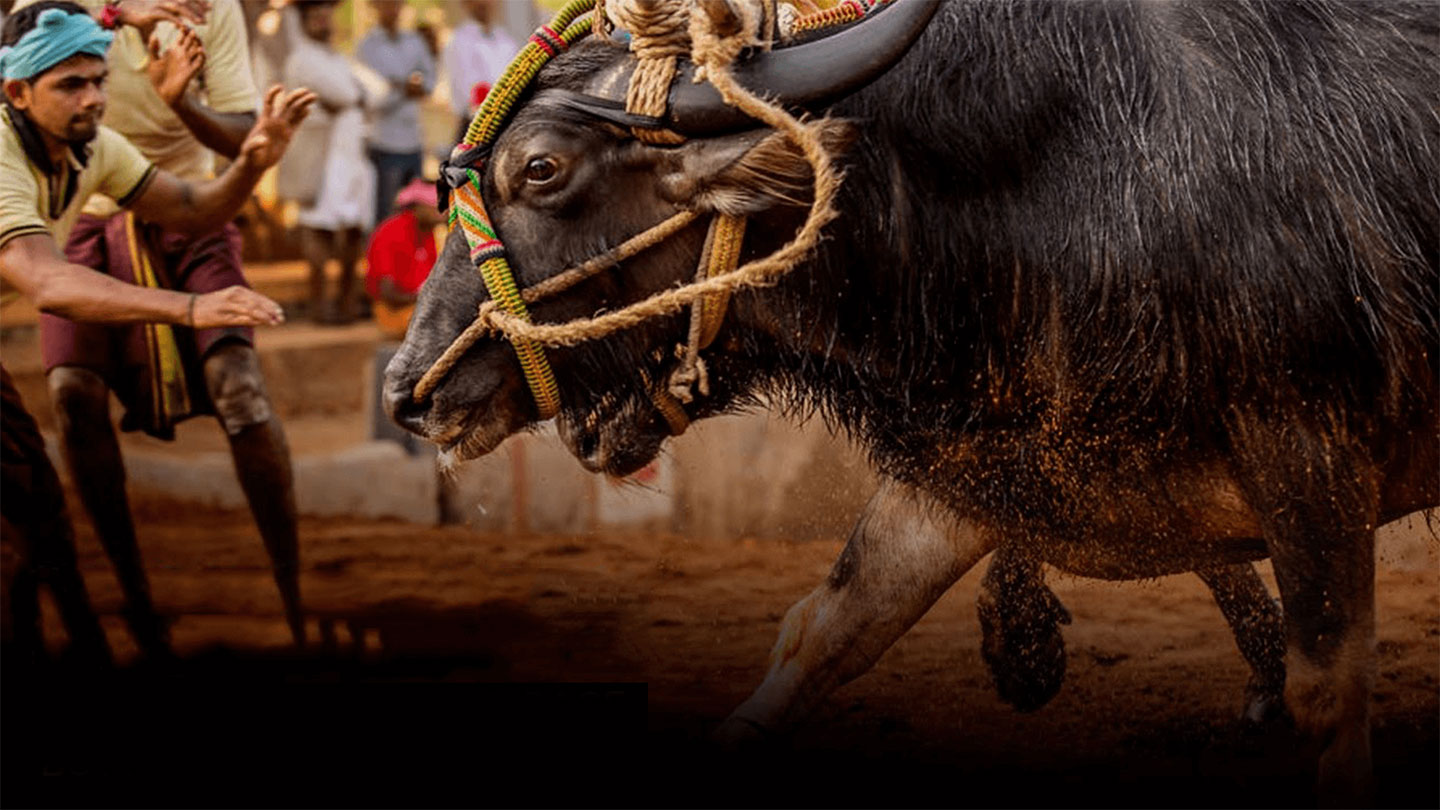 |
Categories of Kambala Festival
The festival takes place in various categories. The four main categories are –
- Negilu
- Hagga
- Adda Halage
- Kene Halage
Negilu – In this category of the buffalo race, while racing, the farmer holds a plough that is tied to the pair of buffaloes. The thing to note is that this plough is just a representation of the actual plough used in the fields. It is a light wooden replica of the plough made especially for the race. This category is mainly for the entry level buffaloes, which generally have no prior experience of the race. However, generally there are junior and senior rounds in this category.
Hagga – In this category of the race, the buffalo pair has a rope tied directly to them. This category involves buffaloes that are well experienced in taking part in the race. The buffaloes of this category normally possesses more speed that the buffaloes participating under the Nigelu category. The Hagga category also has junior and senior rounds of competition.
Adda Halage – In this category of the buffalo race a wooden plank is tied to the pair of buffaloes. The farmer stands on this wooden plank while the race is in progress. This category is mainly for the senior buffaloes, which generally have prior experience of the race.
Kene Halage – In this category of the buffalo race a round-shaped wooden block is involved during the race. The farmer stands on the wooden block on a single leg. The wooden block has 2 holes through which water gushes out while running.
The height of the water gushing out through the holes is measured to determine the winner of the race. The height of the water gushing out depends on the speed of the racer – more the speed, more is the height of the water.
This category is for the most experienced farmer and the most experienced buffaloes. Generally, in the middle of the track, 2 strips of white cloth are tied across the track. These are used for height measurement of the water during the race. If a farmer has water reaching to the markers, he is declared a winner. If more than one farmer achieves this feat, all of them who achieve this feat are declared winners of the race.
155 pairs of buffalo bulls participated in the Mangaluru Kambala this year. The adrenaline rush as the final pair ran to hit the manjutti proved that even after more than 25 hours of being on the site, neither the spectators nor the runners were any less enthusiastic.
 |
"We started off with the intent to ensure our urban youth do not lose touch with our traditional folk sport that had gotten relegated to our rural pockets. But now we want to see it turning into a full-fledged celebration of coastal culture," says Mangaluru Kambala president Captain Brijesh Chowta.
'New Usain Bolt' cheered the crowd as Nishant Shetty, a chaser, clocked 11.49 seconds in the 125-metre track breaking Srinivas Gowda's record. Mapped to 100 metres, it turns out to be a record of 9.19 seconds. This is the record for this Kambala, and the second fastest of the season.
Gowda was hailed last Kambala season as the one who ran 'faster than Usain bolt' and even grabbed the attention of the Union Sports Minister, who extended the folk champion an opportunity to train for the national games. This year, unfortunately, he had a fall in one of the earlier Kambala races and got badly bruised. But he ran this time too. Also, the media attention triggered a renewed sense of interest in the sport. This has led to voices seeking women’s participation in the sport, and an academy that trains Kambala chasers is now contemplating training women for the next season. While women have been part of the care and upkeep of the bulls which have been looked after more like children than cattle, the new found attention is drawing women into areas they did not venture into so far.
 |
A 11-year-old girl drew everyone's attention as she stood holding the bulls that are way taller than her. Daughter of Parameshwar Bhat, a farmer from Udupi, Chaitra, has been attending the race for the past few years and now wishes to run it herself. The sight of her fielding for the jockeys and dutifully splashing water on the buffaloes as they reached the manjutti was reassuring — the ‘gen-next’ that has been initiated into dharma is taking the reins of a tradition voluntarily and with pride.
It takes much more than plain fanfare to hold celebrations like this. The care and upkeep of these indigenous male buffaloes which would else land up at a slaughter house is an expensive, time-consuming affair, and one that can only be driven by tradition.
 Support Us
Support Us
Satyagraha was born from the heart of our land, with an undying aim to unveil the true essence of Bharat. It seeks to illuminate the hidden tales of our valiant freedom fighters and the rich chronicles that haven't yet sung their complete melody in the mainstream.
While platforms like NDTV and 'The Wire' effortlessly garner funds under the banner of safeguarding democracy, we at Satyagraha walk a different path. Our strength and resonance come from you. In this journey to weave a stronger Bharat, every little contribution amplifies our voice. Let's come together, contribute as you can, and champion the true spirit of our nation.
 |  |  |
| ICICI Bank of Satyaagrah | Razorpay Bank of Satyaagrah | PayPal Bank of Satyaagrah - For International Payments |
If all above doesn't work, then try the LINK below:
Please share the article on other platforms
DISCLAIMER: The author is solely responsible for the views expressed in this article. The author carries the responsibility for citing and/or licensing of images utilized within the text. The website also frequently uses non-commercial images for representational purposes only in line with the article. We are not responsible for the authenticity of such images. If some images have a copyright issue, we request the person/entity to contact us at satyaagrahindia@gmail.com and we will take the necessary actions to resolve the issue.
Related Articles
- The forgotten temple village of Bharat: Maluti
- Jagannath Temple administration issues clarification on proposed sale of temple lands
- Biggest Wonder of the World : Kitchen of Lord Shri Jagannath
- An Artisan Heritage Crafts Village: Indigenous Sustainability of Raghurajpur
- Shri Murudeshwar Temple: Home To The World’s Second Tallest Shiva Statue
- Srikalahasti Temple, Dakshina Kailash
- A new symbol of Hindutva pride, Shri Kashi Vishwanath Temple Corridor
- Birsa Munda: The tribal folk hero who was God to his people by the age of 25
- Gita Press Gorakhpur – Bringing Sacred Hindu Texts to Every Hindu Home
- Lakshmi Narasimha Swamy Temple, Antarvedi, Andhra Pradesh
- Dear NSUI, Bhagat Singh And Subhas Chandra Bose Admired Savarkar And His Ideas
- Surat residents play Hanuman Chalisa twice a day from temples, rooftops to get close to Dharma: The pushback begins
- The power of Sanatana Dharma and Fact Analysis of the Supernatural Fire Yogi of Tanjore
- Manyavar commercial featuring Alia Bhatt vilifies Hindu wedding ritual Kanyadaan: Why not object Western practice of ‘giving away the bride’ and Nikah (marriage contract)
- Culture And Heritage - Meenakshi Temple Madurai

